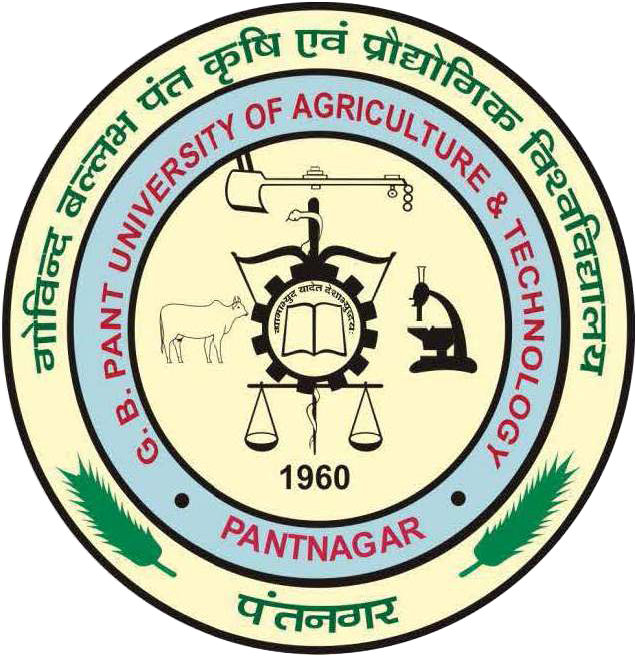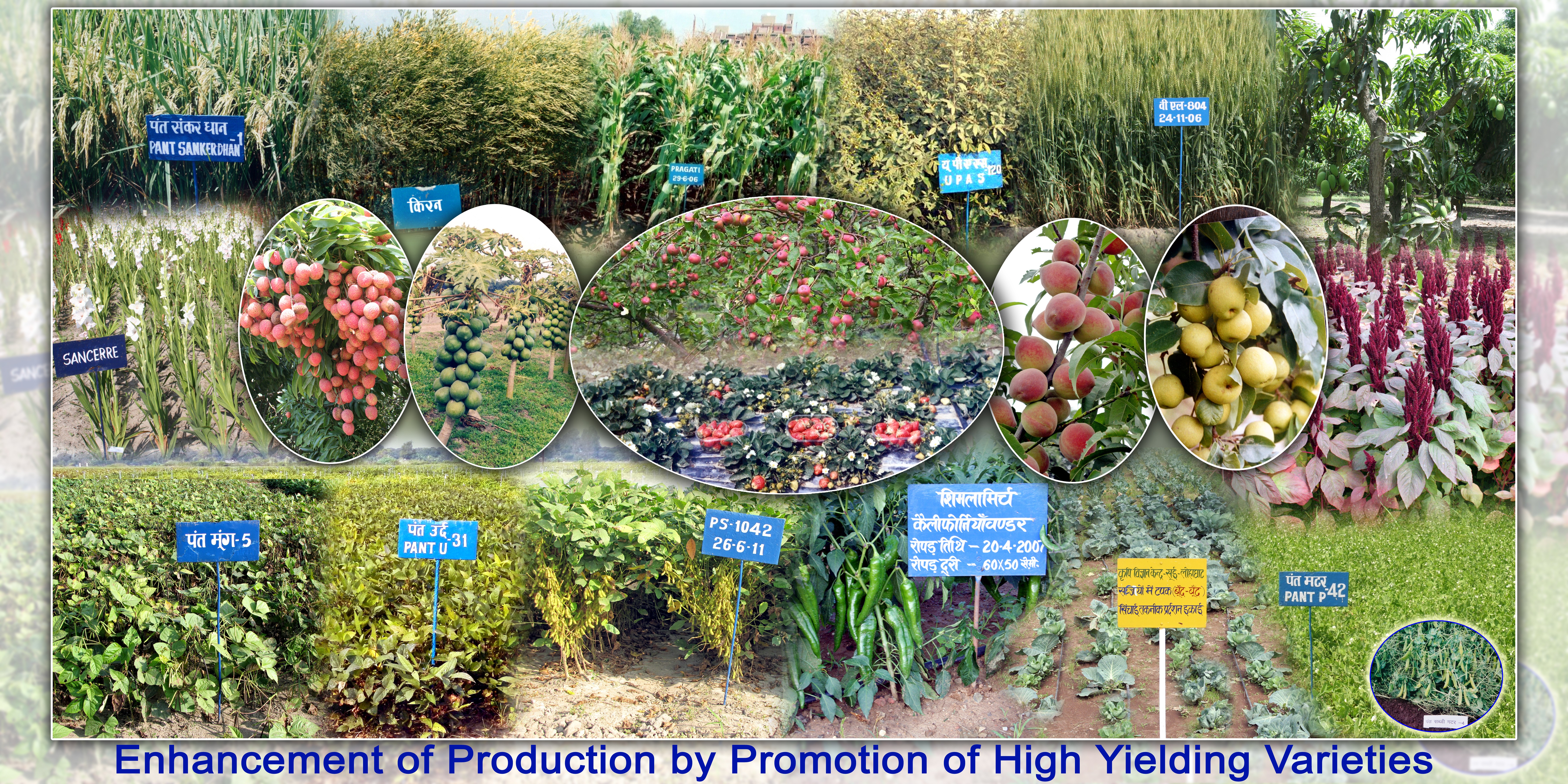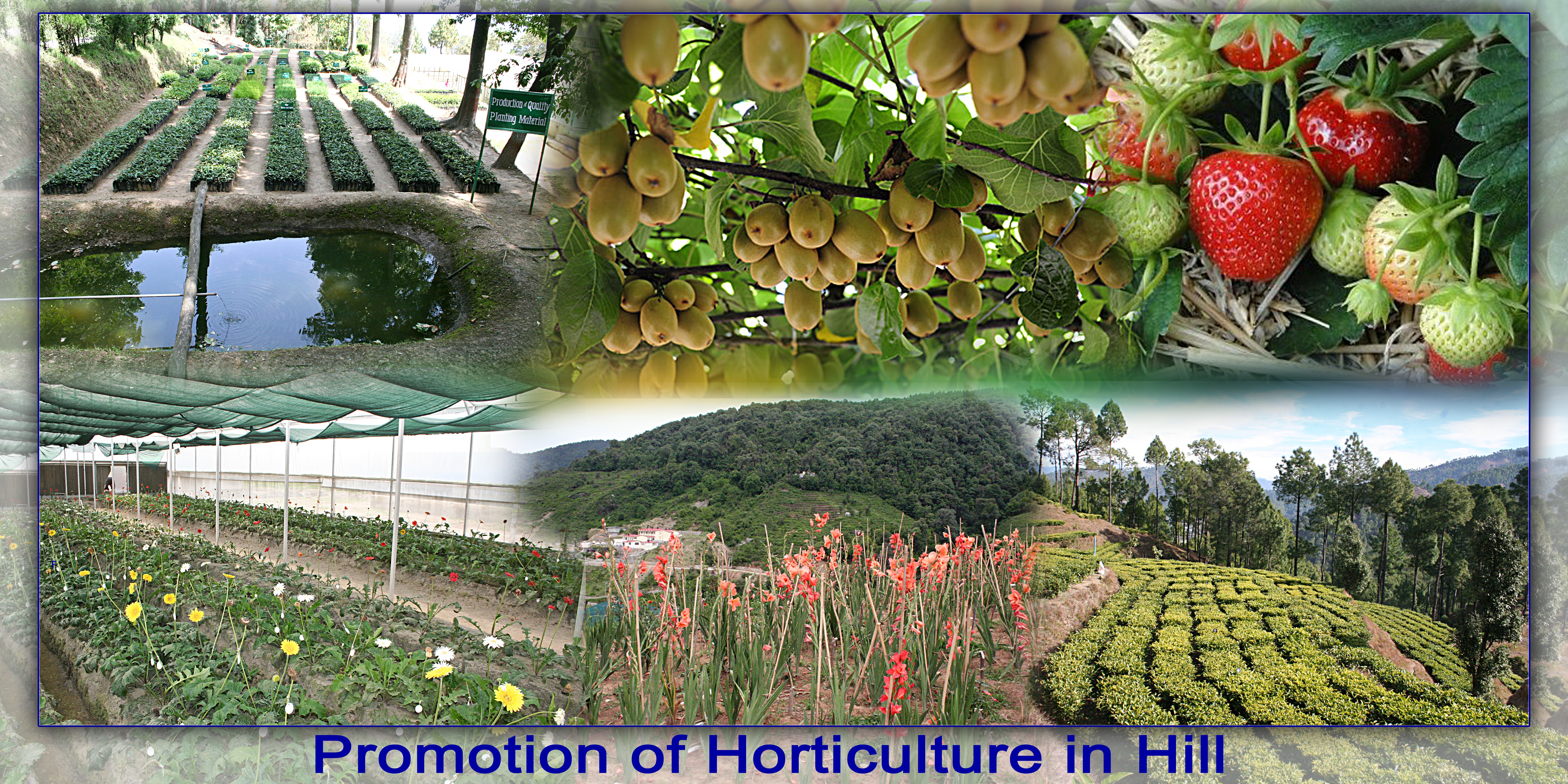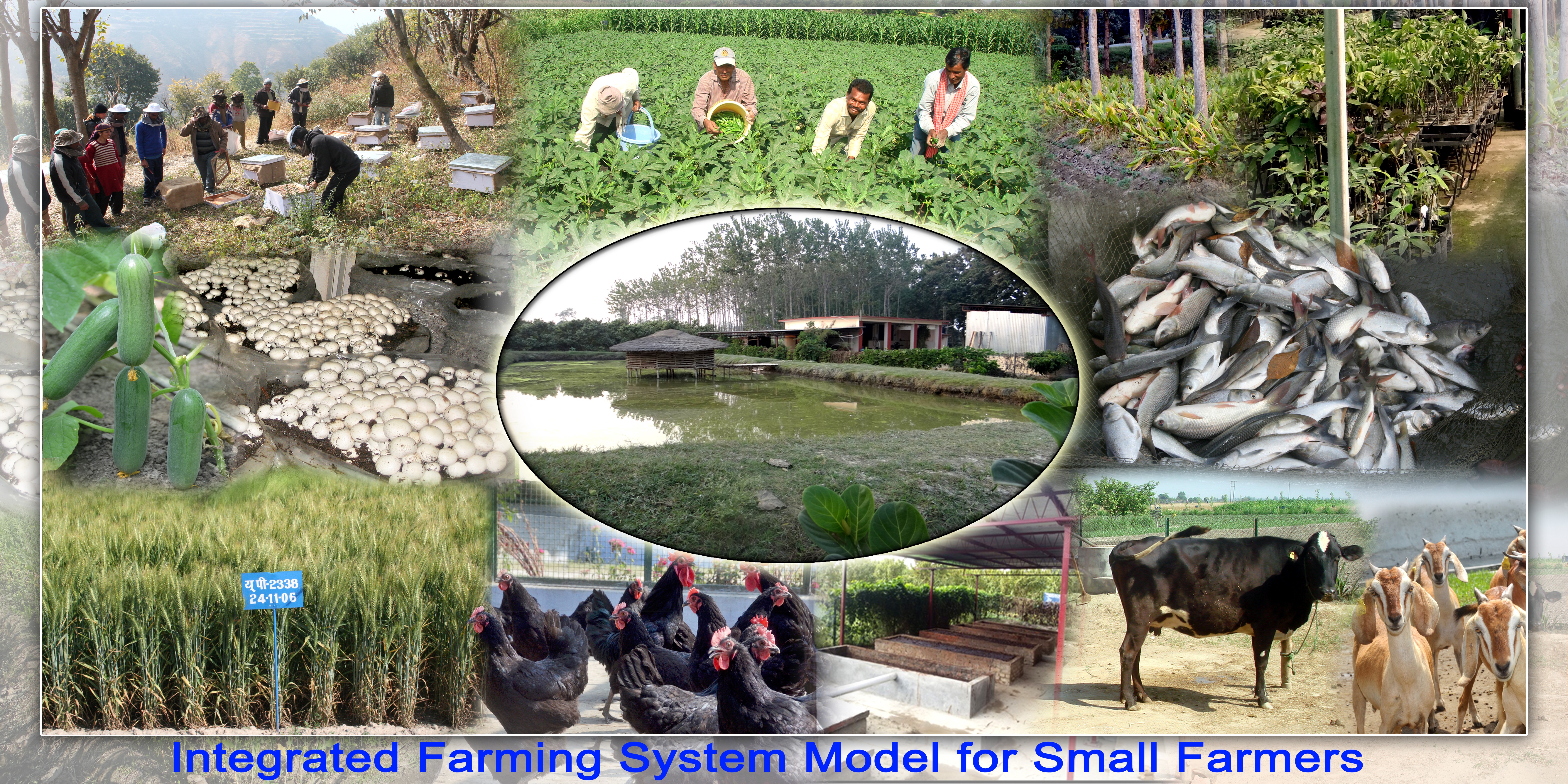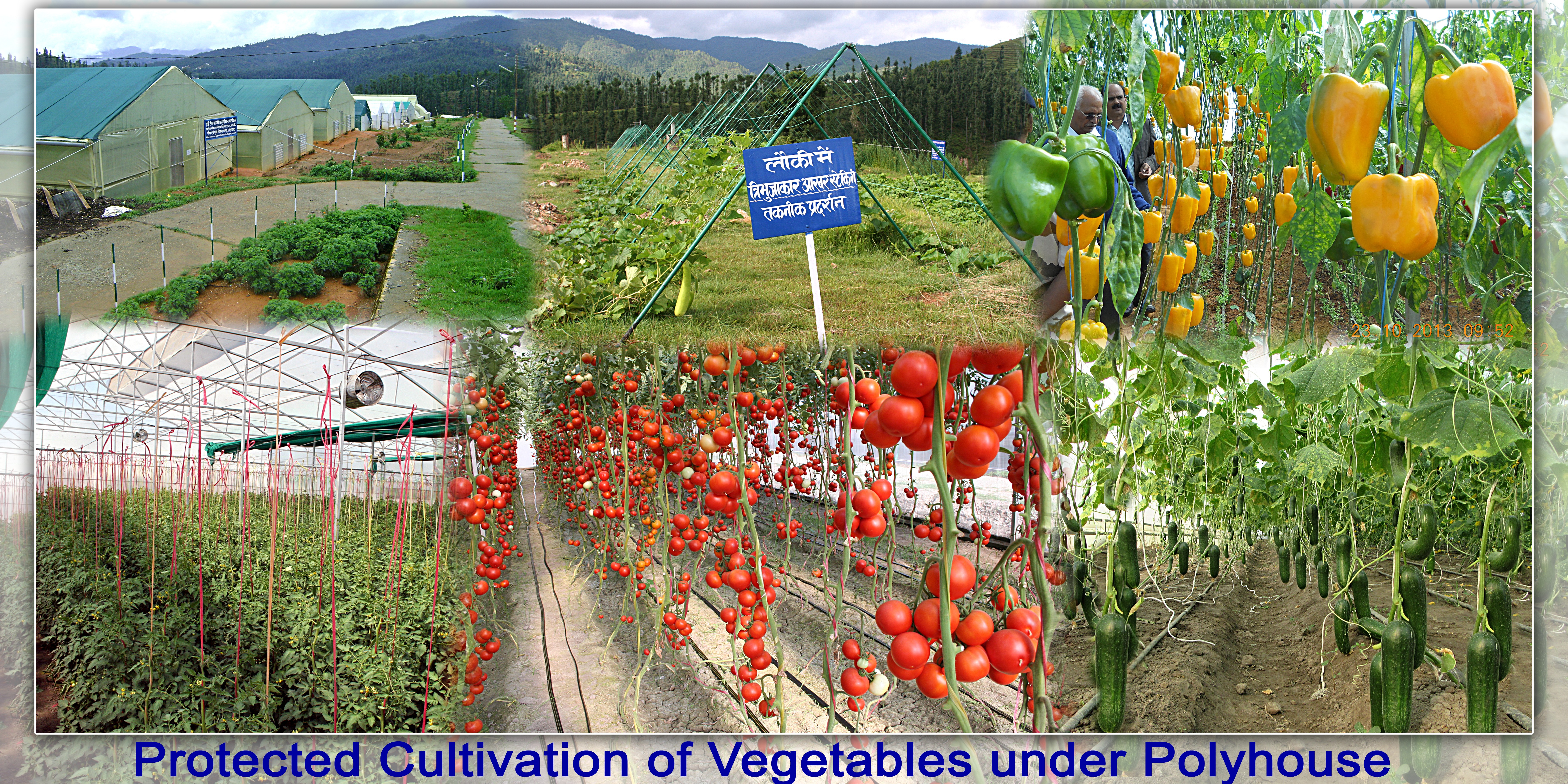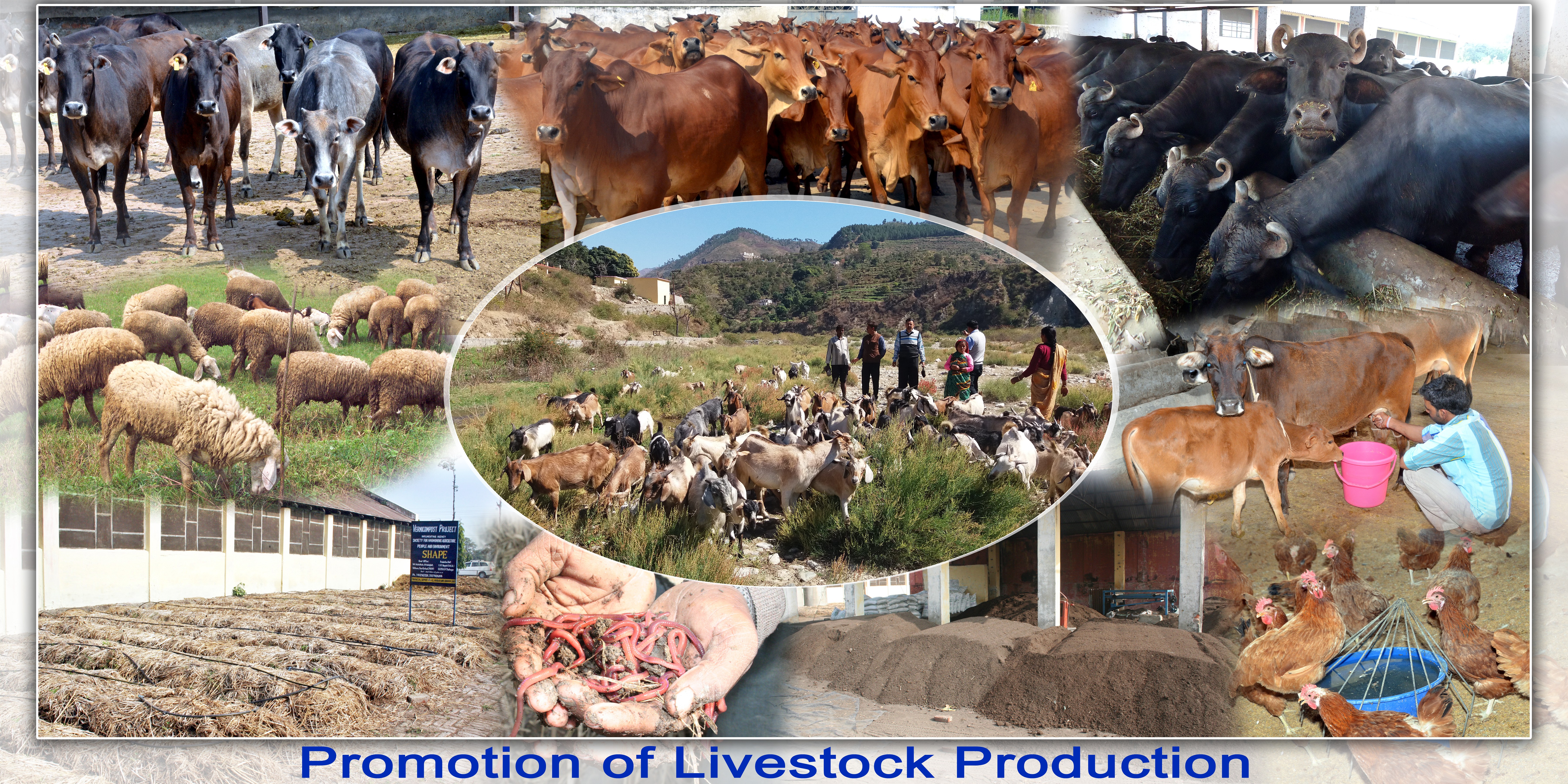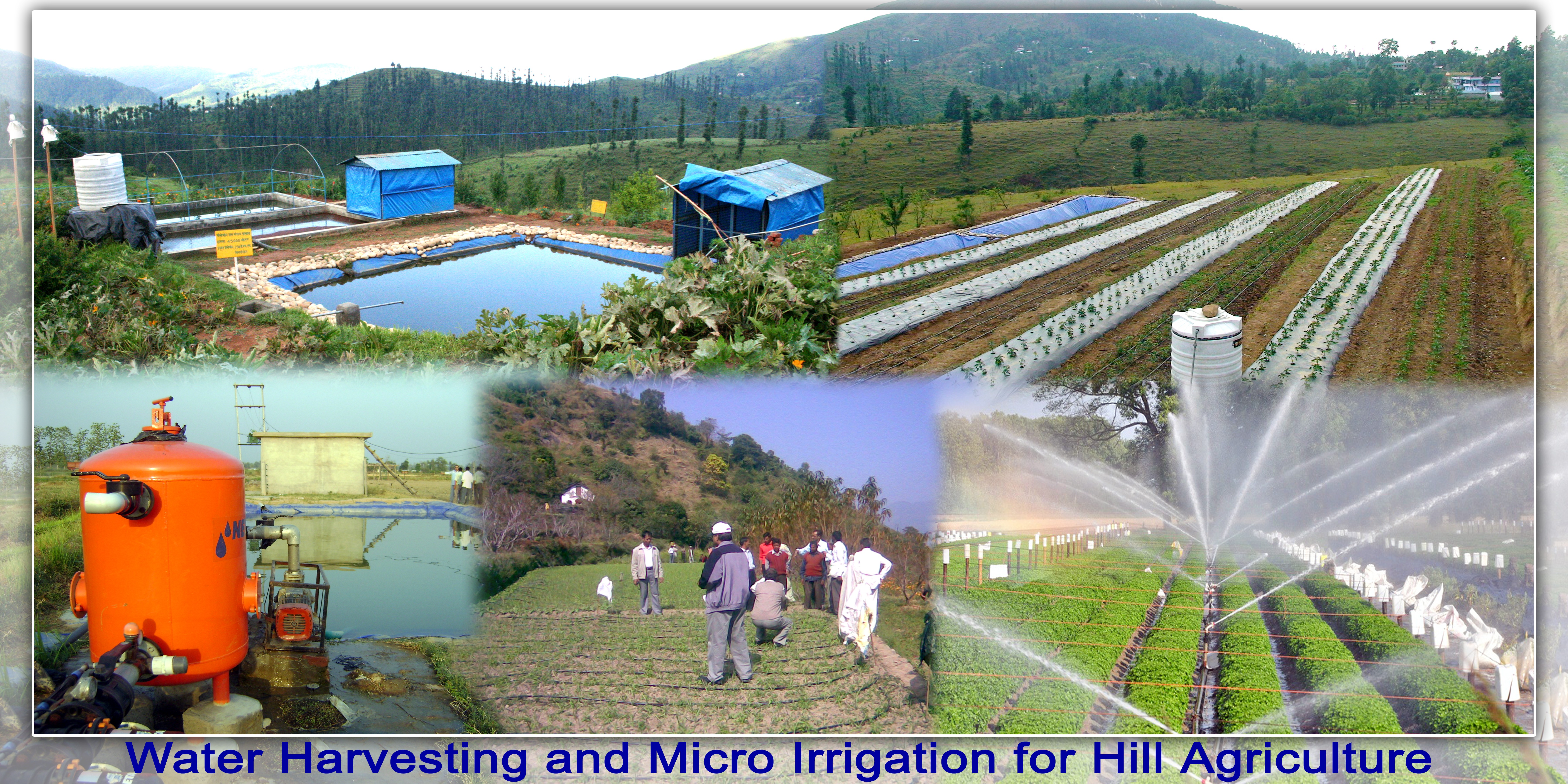Technologies Developed by University
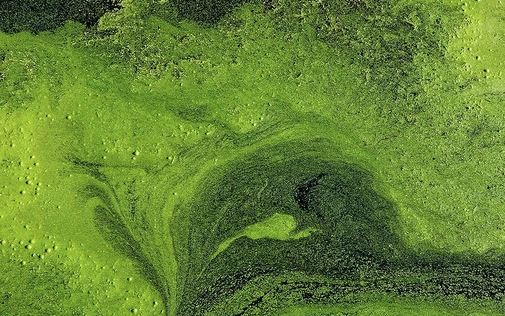
Algae: A Health Promoting Supplement
Advantages:
- The microalgae Desmodesmus subspicatus can be cultured in heterotrophic and autotrophic cultivation mode in axenic condition.
- It can be cultured in stainless steel fermentor. The process can be scaled up at industrial scale production
- The biomass productivity is 5 times higher than autotrophic cultivation mode.

Organic Red Pigment for Dye Application
Advantages:
- The dye is a fungal pigment, i.e., natural color.
- It can be produced in solid-state fermentation and submerged fermentation using various fruit and food industry waste. The process can be scale up in industrial scale production.
- The extracellular pigment can be separated from fungal biomass using centrifugation or filtration. Therefore, the cost for extraction process will be reduced.
- It can be produced using fruit and food processing waste as a substrate. So the feedstock cost will be cheaper and zero waste for fruit and food processing industries.
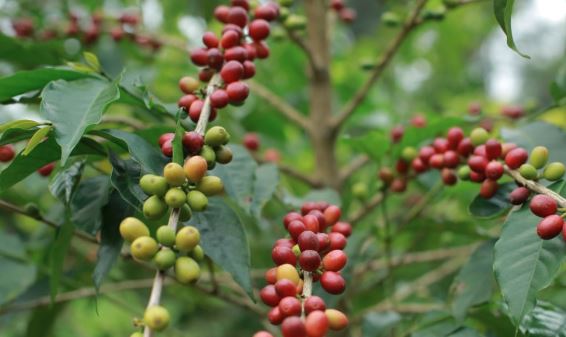
Value Added Products from Persimmon a very Astringent Fruit Grown in Hilly Area of Uttarakhand
Advantages:
- Being an astringent fruit persimmon is not very popular as table fruit and so may be utilized in the processing Industry as its value added products have tremendous market potential on account of its numerous health and medicinal benefits.
Browse all Technologies Developed by University
Coordination of all research activities, fundamental and applied in different disciplines of science and technology.
Administration, management and monitoring of research centres located at the main campus and outside in four agro-climatic zones covering all districts of Uttarakhand.
